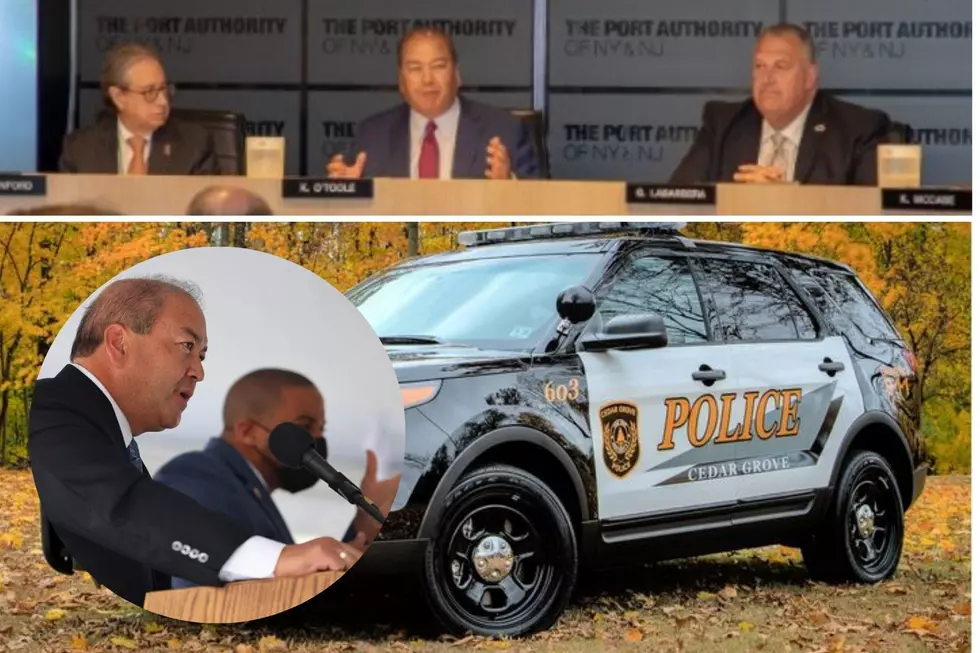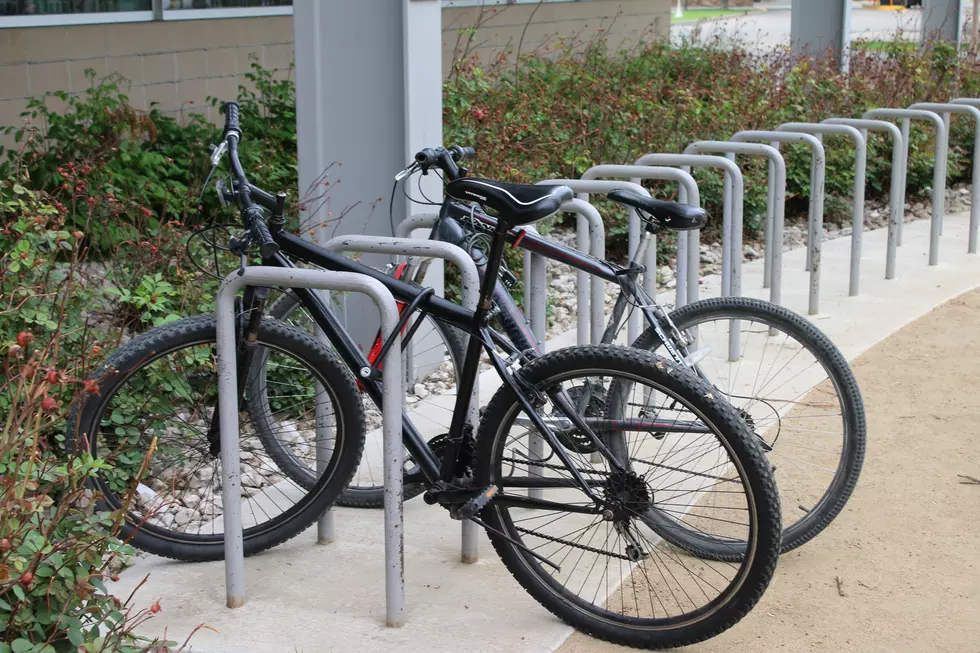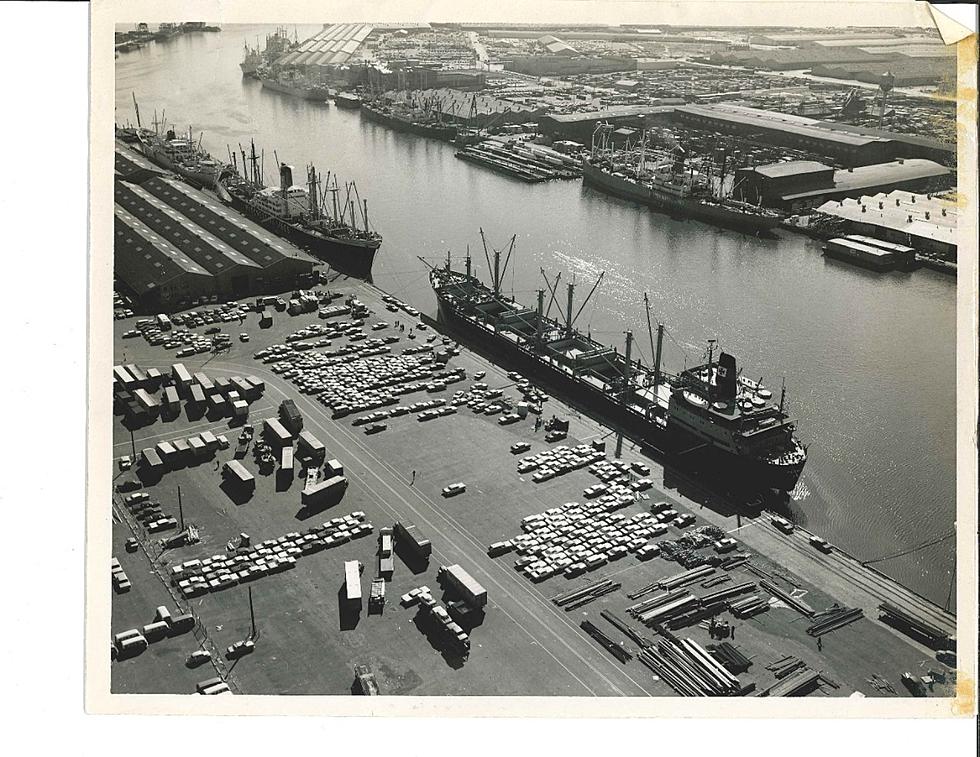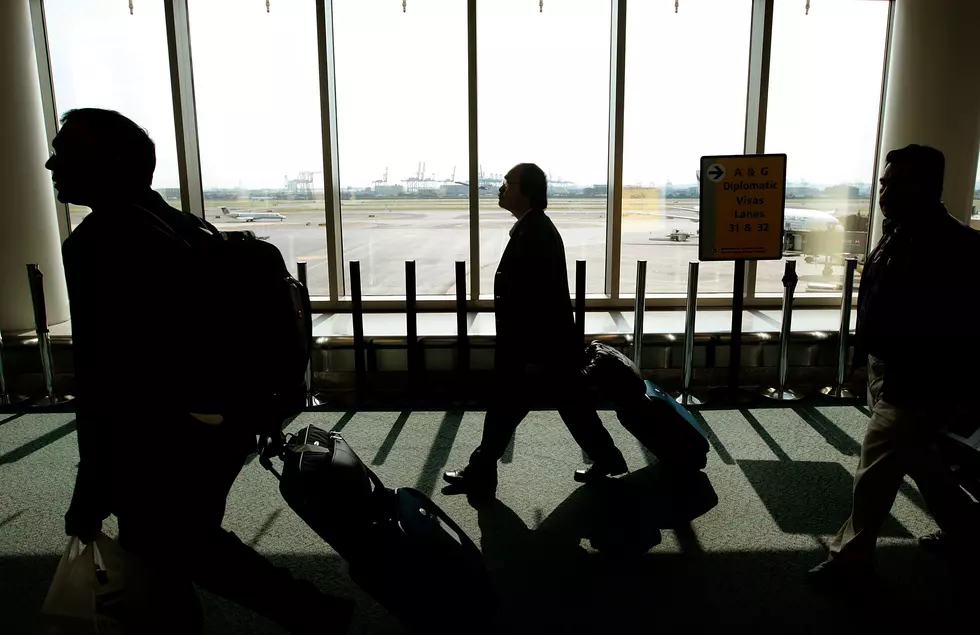
Port Authority approves $235M in toll, fare & fee increases
Fares and tolls will increase to cross the Hudson River tunnels and bridges, take the PATH or get to Newark Liberty International and other area airports by taxi or ride-sharing service, under a proposal approved Thursday by the Port Authority of New York and New Jersey.
In all, the changes are expected to cost commuters an additional $235 million a year, said the Port Authority’s chief financial officer, Libby McCarthy.
- Starting Jan. 5, cash tolls at the authority’s bridges and tunnels will increase by $1, to $16. It will increase by $1.25 for E-ZPass users to $13.75 in peak hours and $11.75 in off-peak hours. The carpool discount is being eliminated. Bus tolls would have scheduled increases over five years.
- Starting in October 2020, an airport access fee will be charged, though not at the $4 rate that had been originally floated. The fee will be $2.50 for pick-ups and drop-offs by for-hire vehicles such as those available through Uber and Lyft, or $1.25 for pooled ride-shares. Taxi passenger will pay a lower rate and only on pick-ups: $1.25 starting in 2020, then increased to $1.75 in 2022.
- AirTrain fares will increase from the first time since the lines were introduced in 2005 at Newark Liberty and 2003 at John F. Kennedy International Airport. Starting Nov. 1, the fare will be $7.75, rather than $5.50.
- PATH fares will not increase for single-ride tickets, which cost $2.75. But the multi-trip discount will be scaled back from the current level of $2.10, changing to $2.50 starting Nov. 1 and then $2.60 starting Nov. 1, 2020.
After the initial fare and toll increases, they will also rise regularly to keep pace with inflation – not necessarily every year, but every time pent-up inflation would amount to a $1 rise.
Port Authority officials said the increases are the first in five years and necessary to help fund both operating costs and support the 10-year capital plan, which was increased by $4.8 billion to a total of $37 billion Thursday, including more spending on Newark’s Terminal A replacement, now estimated to cost $2.7 billion, and more spending on a new AirTrain line at Newark, a $2 billion project in all.
“When you talk about the airports, and you talk about the ports, when you talk about the bridges, and all of those areas, if you want a world-class facility and you want a safe facility, we have to pay for that,” said Port Authority board chairman Kevin O’Toole.
“We recognize that any increase, every increase, is not popular. We recognize that it’s painful. We don’t want to impose increases. In fact, we go to great extent to get most of our revenue from business partners – not from tolls, not from fares,” said executive director Richard Cotton.
Two-thirds of Port Authority revenues come from sources other than tolls and fares, Cotton said.
“But we must on the other hand support investment in what are aging legacy facilities. Our infrastructure facilities are simply subpar. They need to be improved. If we’re going to get to 21st century infrastructure facilities, there must be funding,” Cotton said.
In addition to scaling back the planned airport access fee, the Port Authority changed its original proposal by maintaining the number of bridge crossings a person would have to take to qualify for a discounted toll at three, rather than raise it to 10. The toll is going up, though, by nearly 65 cents.
New Jersey: Decoded cuts through the cruft and gets to what matters in New Jersey news and politics. Follow on Facebook and Twitter.
Michael Symons is State House bureau chief for New Jersey 101.5 and the editor of New Jersey: Decoded. Follow @NJDecoded on Twitter and Facebook. Contact him at michael.symons@townsquaremedia.com
More From New Jersey 101.5 FM









